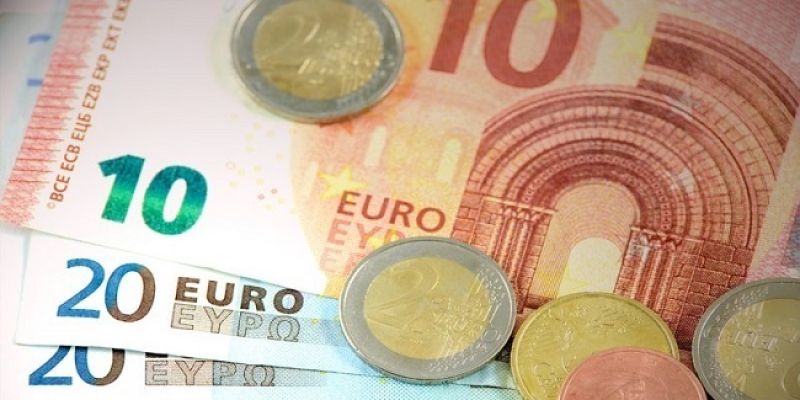
How To Write Money Amounts In An Essay Or how to write numbers in a paper
Except for a few basic rules, spelling out numbers vs. using figures is largely a matter of writers' preference. Again, consistency is the key. iWriteEssays.com will give you some tips on how to write money amounts in an essay. Policies and philosophies vary from medium to medium. The first approach for writing recommends spelling out the numbers one through nine and using figures thereafter the other recommends spelling out the numbers one through ninety-nine and using figures thereafter. This is a complex topic, with many exceptions, and there is no consistency we can rely on among blogs, books, newspapers, and magazines. This chapter will confine itself to rules that all media seem to agree on.
Number vs numeral. Firstly, we need to distinguish a number and a numeral. Simply put, a number is an abstract concept while a numeral is a symbol used to express that number. For example, "Two,†"2†and "II†are all some common symbols that we use to express the same number or the concept of ("twosomenessâ€). Therefore, it is safe to say that that the difference between a number and its numerals is like the difference between a person and her name.4
The Rule For Spelling Our Numbers In Formal Writing
- Spell small numbers out. The main rule in dealing with numbers is to spell out numbers lesser than ten. If you are confused on what you should do, you can always safely spell out small numbers and write any two or more digit number (like 10, 11, or 1001)
- No other standard rule for large numbers: One of the most confusing thing about writing numbers is that even the expert’s do not agree on a standard especially when writing larger number. For instant, some say that you should write out any one-word number (like "twelve") but express two word numbers in figures (like "24" not twenty-four").
- Using the comma and full stop - In formal US English writing, you should use the comma as a thousand separator and the period as a decimal separator (for example 100,124.23). This makes it easier for readers to read out the numbers. However, in continental Europe, periods are used to separate large numbers and the comma is used for decimals (for example 100.124,12). Finally, the International Systems of Units (SI)'s standard for writing number is to use a space separate groups of three digits then use a comma and the period to indicate the decimals (for example $13 200,50 ).
Other Rules For Writing Numbers
- Do not start a sentence with a numeral. Make it "Fourscore and seven years ago,†not "4 score and 7 years ago.†That means you might have to rewrite some sentences: "Fans bought 400,000 copies the first day†instead of "400,000 copies were sold the first day.â€
- Centuries and decades should be spelled out. Use the Eighties or nineteenth century.
- Percentages and recipes - With everyday writing and recipes you can use digits, like "4% of the children†or "Add 2 cups of brown rice.†In formal writing, however, you should spell the percentage out like "12 percent of the players†(or "twelve percent of the players,†depending on your preference as explained in point three).
- If the number is rounded or estimated, spell it out. Rounded numbers over a million are written as a numeral plus a word. Use "About 400 million people speak Spanish natively,†instead of "About 400,000,000 people speak Spanish natively.†If you were using the exact number, you would write it out, of course.
- Two numbers next to each other - It can be confusing if you write "7 13-year-oldsâ€, so write one of them as a numeral, like "seven 13-year-oldsâ€. Pick the number that has the fewest letters.
- Ordinal numbers and consistency - Do not say "He was my 1st true love,†but rather "He was my first true love.†Be consistent within the same sentence. If my teacher has 23 beginning students, she also has 18 advanced students, not eighteen advanced students.
